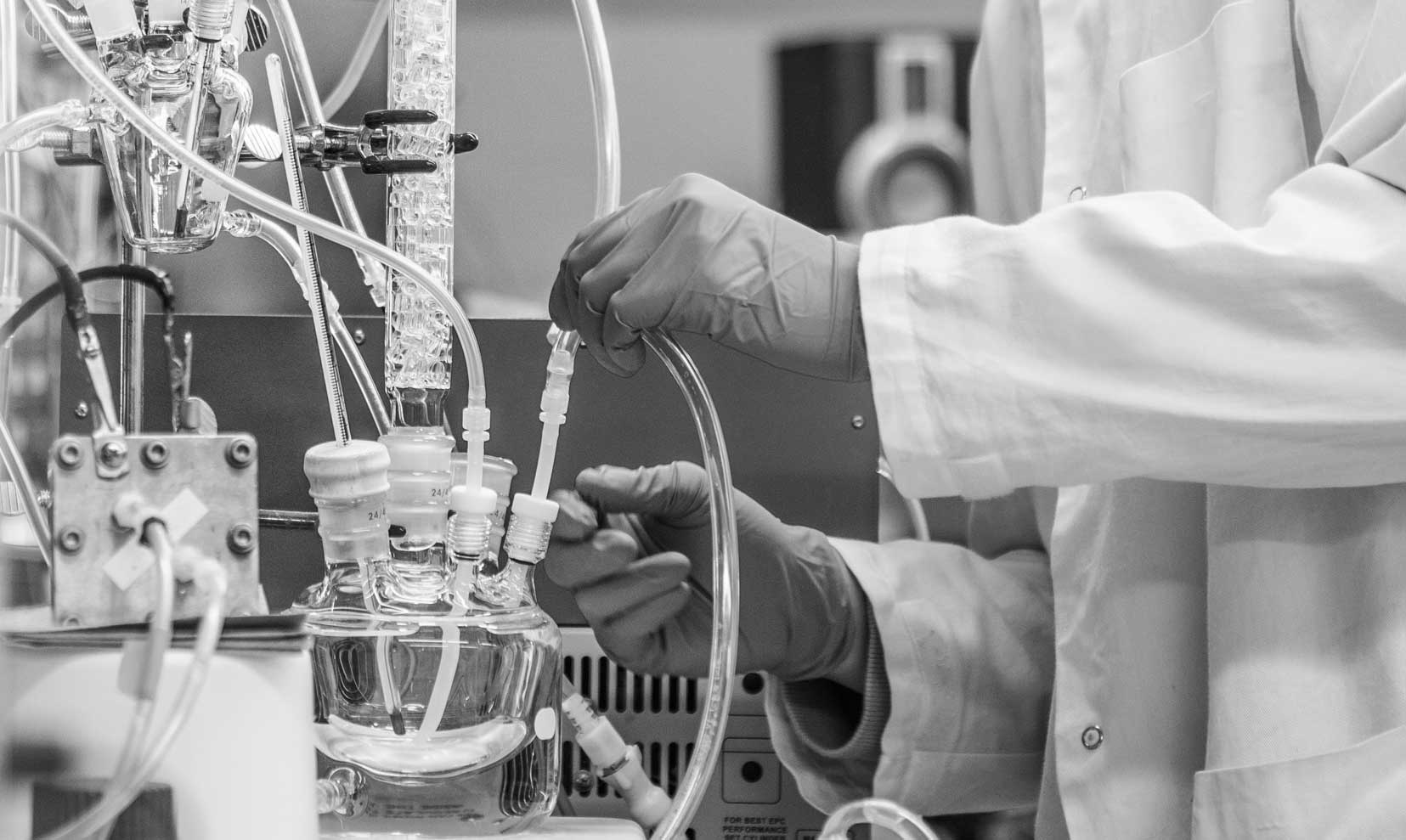
Reactive carbon capture.
Our program pioneered and continues to advance electrochemical reactors that convert CO2 capture solutions into fuels and chemicals used widely by society.
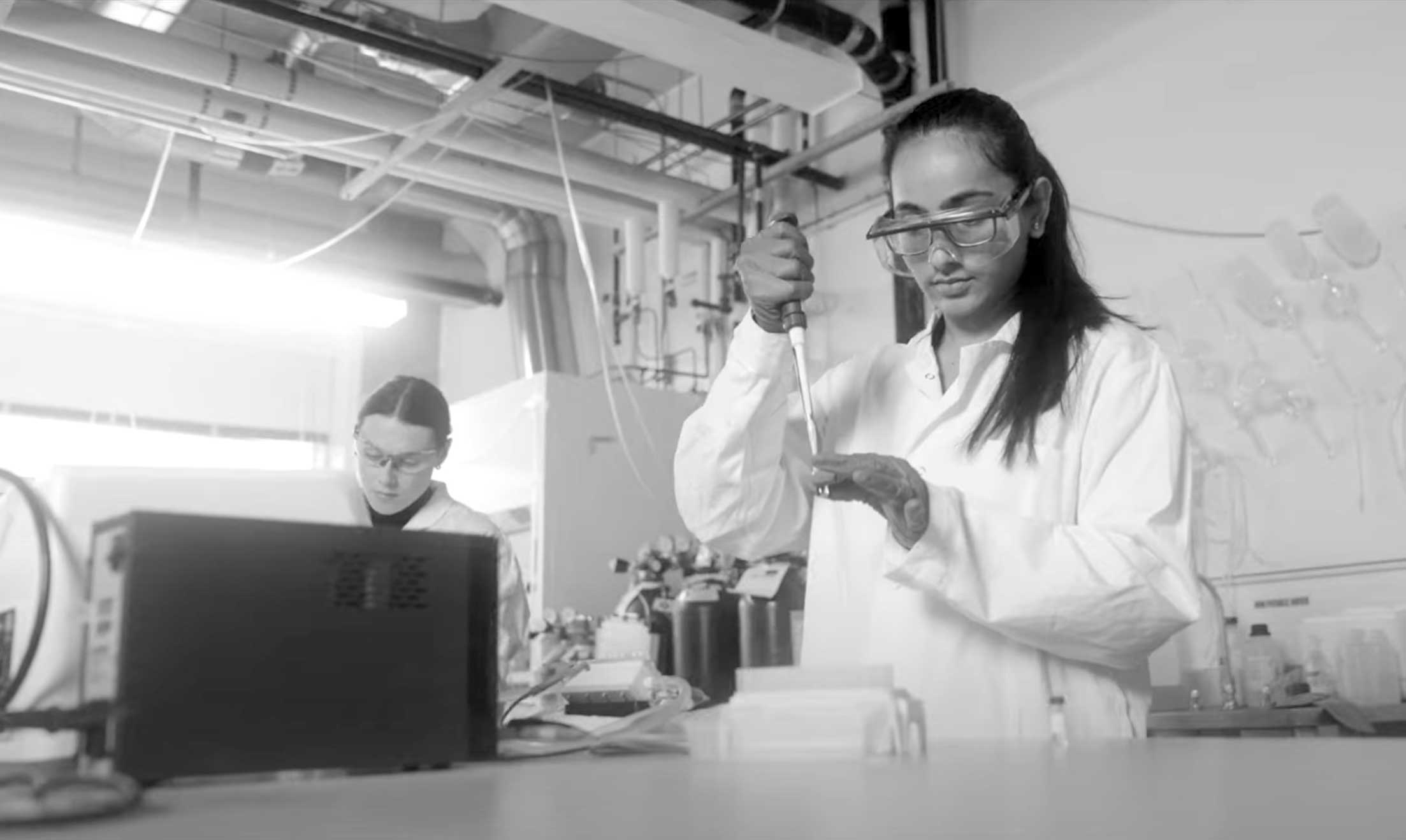
Electrification of the chemicals industry.
Electrification of the chemicals manufacturing sector is needed to reduce CO2 emissions. Our team is advancing a membrane reactor “Thor” that drives hydrogenation reactions, which account for 4% of global CO2 emissions, using only water and electricity. These membrane reactors provide an opportunity to electrify and decarbonize the production of specialty chemicals, (bio)fuels, pharmaceuticals, and plastics.
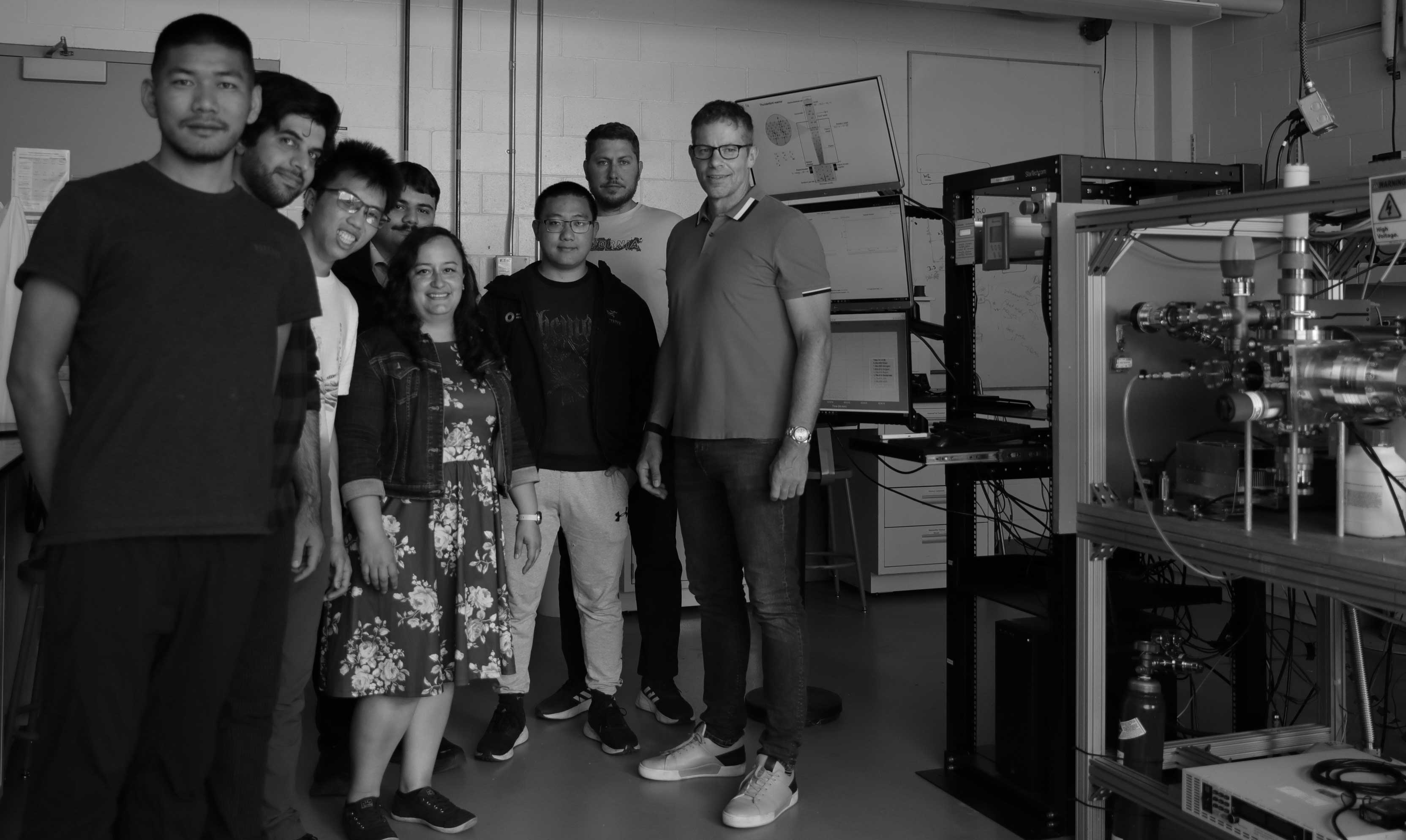
Advanced
nuclear fusion.
We are combining electrochemistry with nuclear fusion sciences to drive fusion events at lower temperatures than currently known. Our mission is to create a low-cost energy source that can scale within the span of a human lifetime.
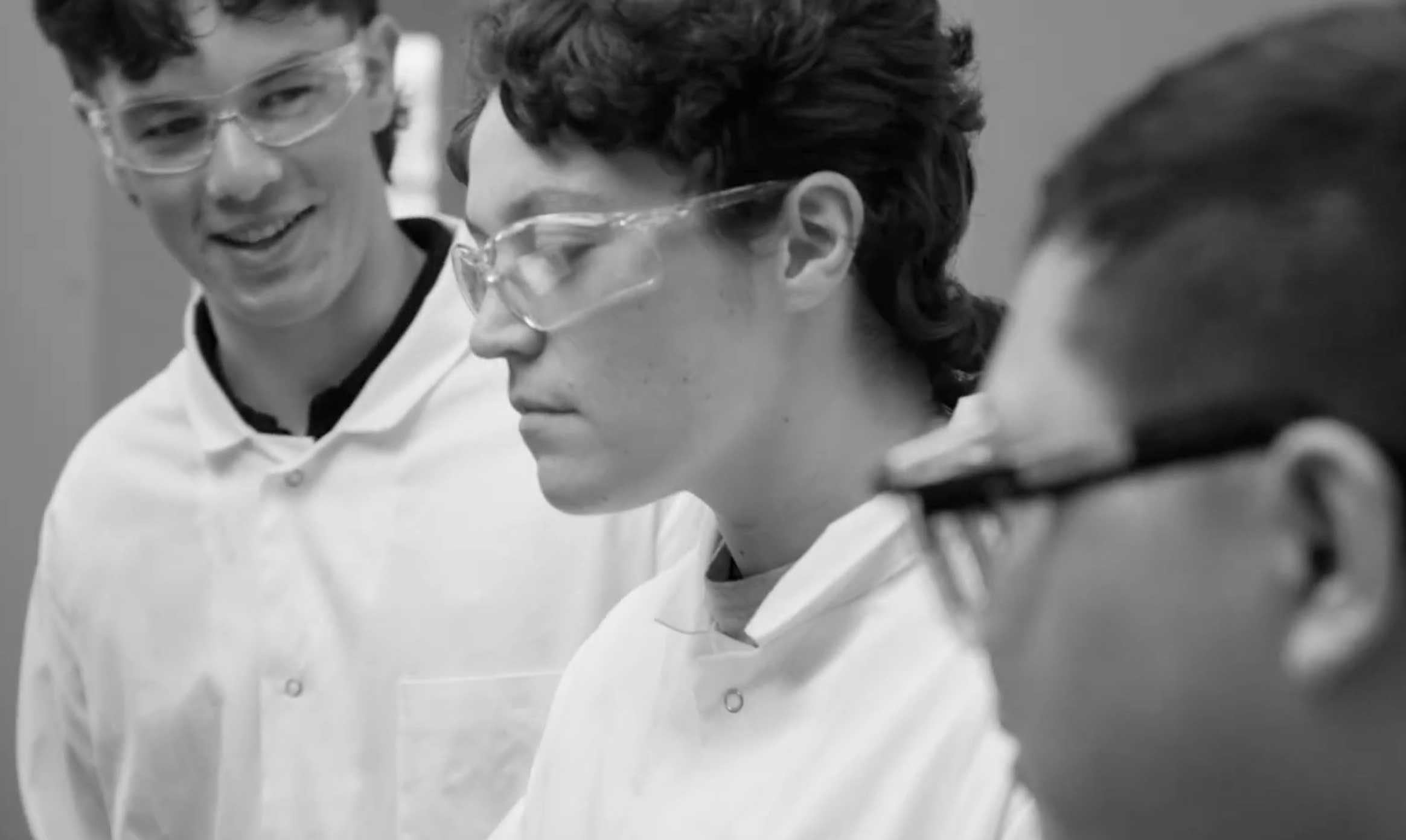
Carbon-neutral building materials.
Cement production is currently the largest source of industrial CO2 emissions. We intend to change this by designing and building reactors that use electricity and water, instead of high temperatures, to generate cement. Our electrochemical process offers a 75% reduction in CO2 emissions when making cement and concrete.
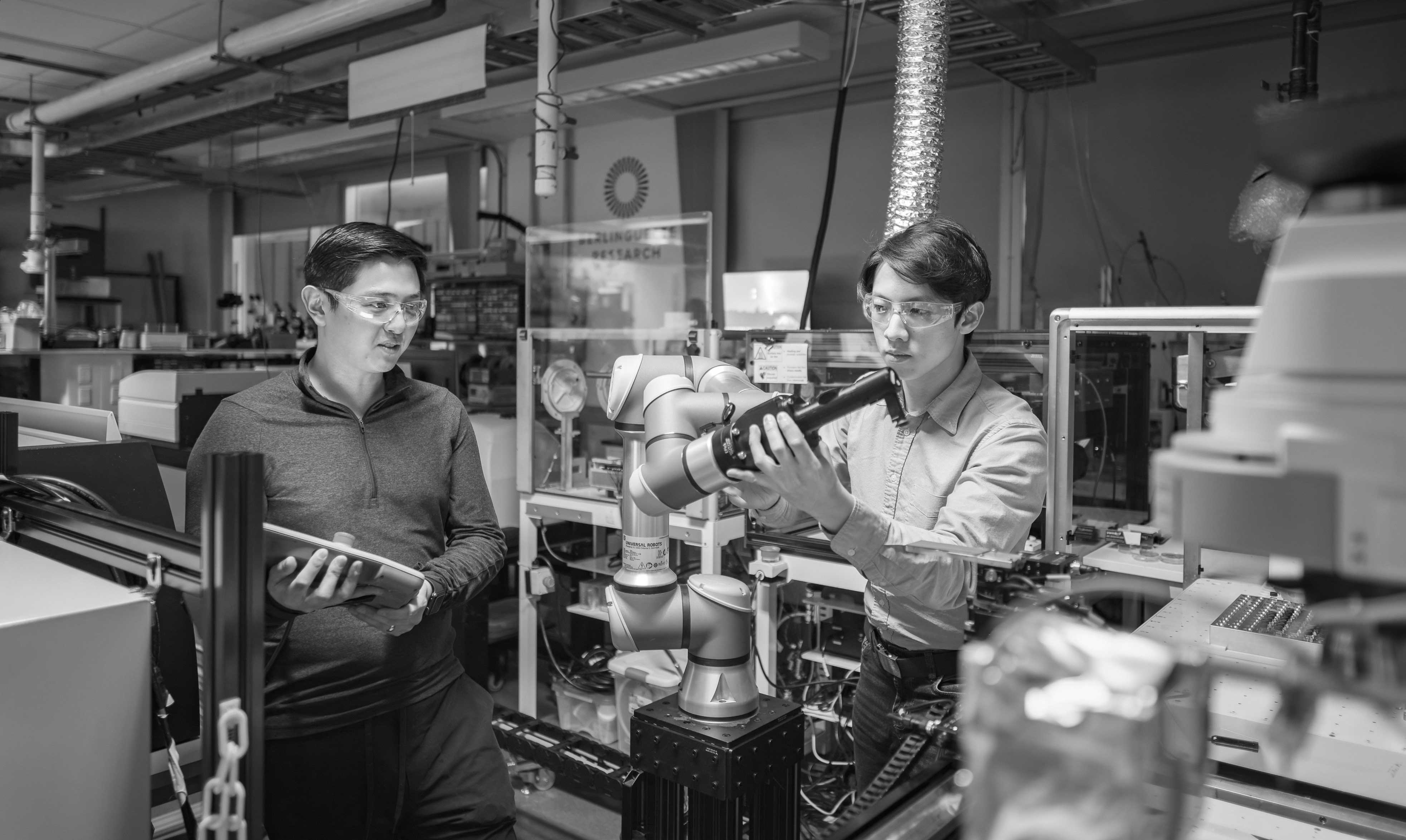
Flexible automation.
We use flexible automation to build self-driving laboratories. These self-driving labs are designed to accelerate the deployment of our electrochemical reactors and other clean energy technologies.
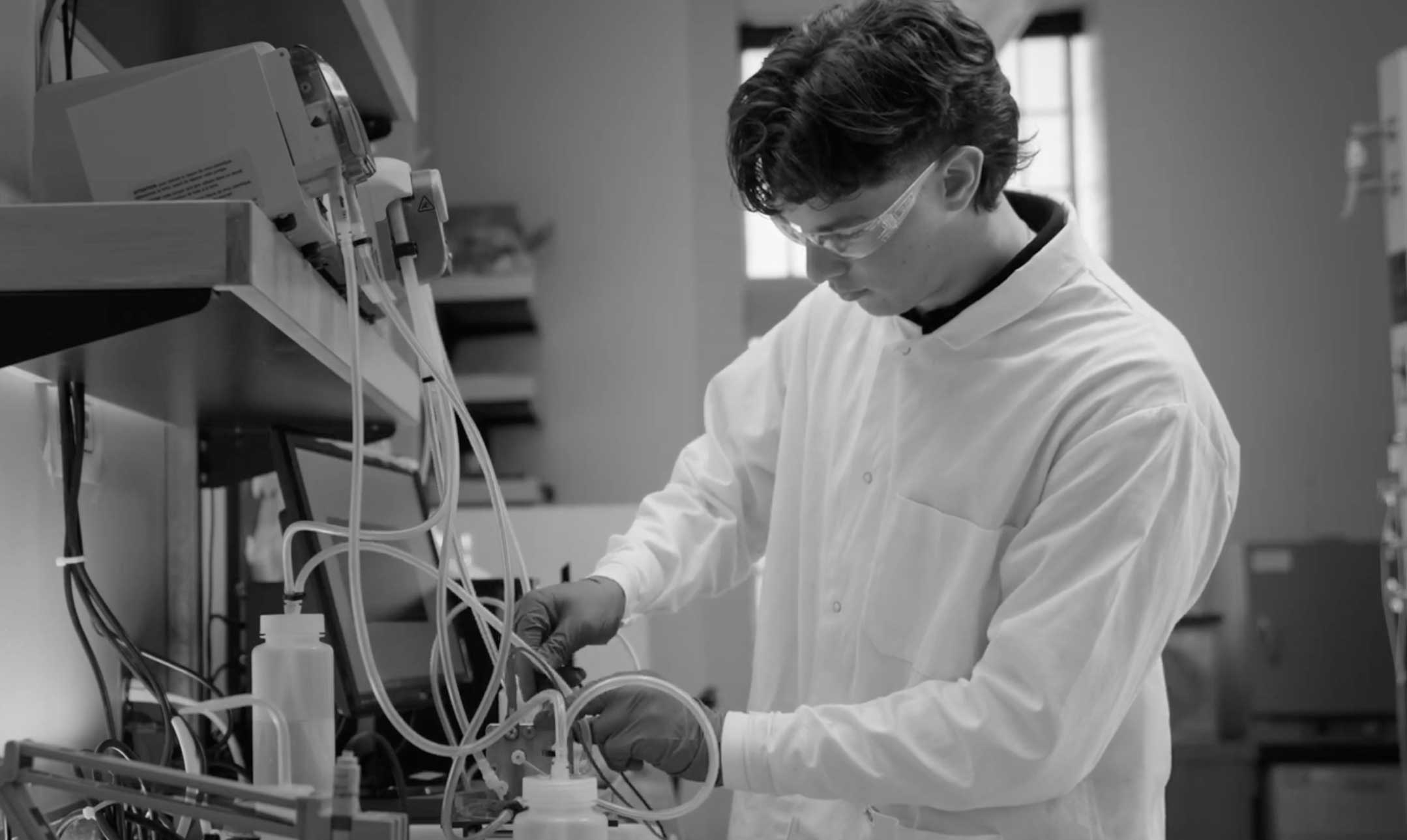
CO2 capture and storage.
We are building reactors capable of storing more than 50 Gtons of CO2 each year. We are advancing this field by using electricity, water, and abundant minerals to permanently capture and store CO2 as rock. We offer the world’s first scalable and accountable way of permanently storing CO2.
Past research areas.
Photodeposition.
Our program has developed a photodeposition process to make high quality ceramic coatings at room temperature and pressure. This process is being used to commercialize the next generation of energy efficient windows. See mirucorp.com for more information.
Charge transfer at solid-liquid interfaces.
Our program identified that one could use the dye-sensitized solar cell as an analytical tool for studying electron transfer rates at liquid|solid interfaces. This fundamental work led us to map out the specific atomic orbitals involved in charge-transfer processes between two species lacking a covalent bond.
Halogen bonding.
We redefined the description of the halogen bond in 2020. The halogen bond is typically described as only containing sigma symmetry. We showed for the first time that the bond also contains Pi covalency.
Hydrogen production.
Our program helped define single site catalysts for hydrogen production from water. We detailed decomposition/competing pathways, unprecedented proton-coupled electron-transfer chemistry, and the first synthetic water oxidation catalyst containing a single cobalt centre.